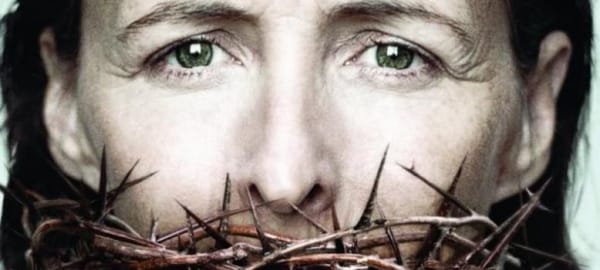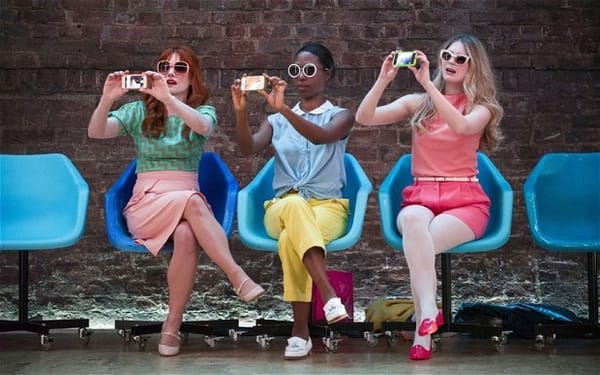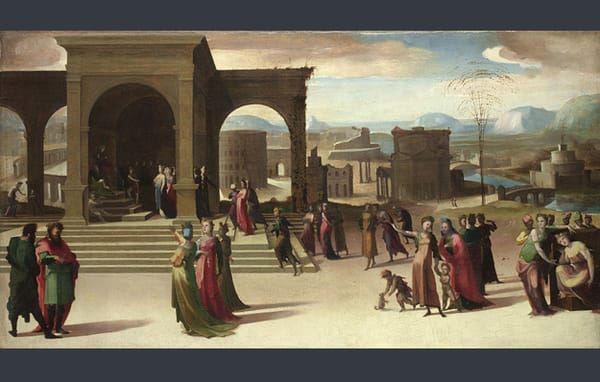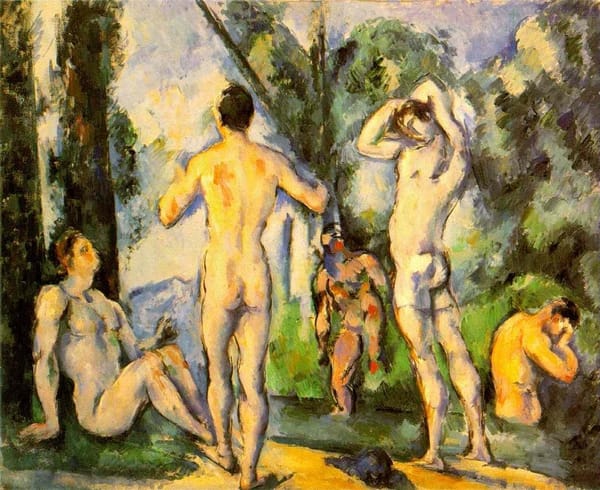Delight your inner Barbie doll
Wedding days: they’re everyone’s opportunity to live out their fairy tale. And, of course, the best way to feel like a princess is to look like a princess – cue the ever-fascinating obsession of the wedding dress.

What: Wedding Dresses 1775-2014
Where: Victoria & Albert Museum, SW7
When: Until 15th March 2015
Price: £12, £8 students
Wedding days: they’re everyone’s opportunity to live out their fairy tale. And, of course, the best way to feel like a princess is to look like a princess – cue the ever-fascinating obsession of the wedding dress. The V&A exhibition walks us through almost 250 years of bridal fashion and explains changes in sociocultural wedding fashion by displaying a considerable number of outfits.
Lace, silk, patterns, brocade, tiaras, trains and shoes - if as a child you ever enjoyed making clothes for your dolls or dressing up with older relatives’ clothes, you’ll get comparable gratification out of filing past the displays of lavish dresses, veils and petticoats. From Jane Bailey’s romantic cream outfit for a 1780’s rural wedding to Mary Charteris’ skin-revealing silk dress from her recent wedding, the exhibition has plenty to coo about.
It starts with late 18th century dresses, with a good mix of dresses originating from different areas and different social backgrounds. At this point wedding dresses, whatever their value, were intended to be worn again and often came with clever adjustments to allow them to make the transition from church-wear to party-wear. At that stage in bridal fashion only wealthier brides would wear white, while women with smaller budgets would opt for coloured or patterned dresses which could more easily be washed and worn again. Bridal wear then started to become exclusively white (at least for young, first-time brides) and adopted well-known wedding accessories such as veils, trains and lace embroidery. A notable exception is a smart purple skirt-suit, which stands out amidst the sea of cream and white lace. At the age of 35 Harriet Joyce considered herself too old to dress in white, and sewed herself this wedding outfit in 1899.
The war-time wedding dress displays shows some imaginative pieces which worked round the cloth rationing. Wedding dresses consisted of clothes made out of un-rationed materials, such as curtain netting, upholstery cloths and even parachute silk. Many women also chose to use their serving uniform, generally a smart-looking affair, as their wedding clothes. This trend gave rise to what are probably the most gender-empowered garments in bridal-wear history, exemplified by a deep-red knee length dress with a thick black belt worn by an electrical engineer on her wedding day.
By the time the exhibition reaches the early 20th century it has abandoned all pretences of giving a global view of wedding-wear, showcasing exclusively celebrity weddings: royalty, nobility, socialites and later on models, actresses and big-shots from the music industry too. You can sit down and watch all the royal weddings for the last 100 years, projected on wall on repeat. You can ogle at Gwen Stefani’s wedding dress or speculate on the cost of a Christian Lacroix dress from a recent bridal catwalk. You’ll unwittingly (and quite possibly unwillingly) be transported into a museum version of OK! magazine, passing from one celebrity wedding to another to coo or shudder at as you see fit.
This exhibition is a treat for the eye and a delight to the Barbie doll that surely lurks inside every one of us. But it is little more than a glorified Wedding Show, lacking any commentary on what wedding fashion means for society and how it has changed to reflect it in the last two centuries. It also represents a very small portion of British bridal fashion, giving us an idea only of what rich, culturally Christian brides are wearing. The few items which represent other marital customs present in Britain are inadequate and unintegrated, a side story that remains unexplained.
So, yes – it’s girly, it’s pretty and it’s showy. But aren’t weddings so much more than that?









